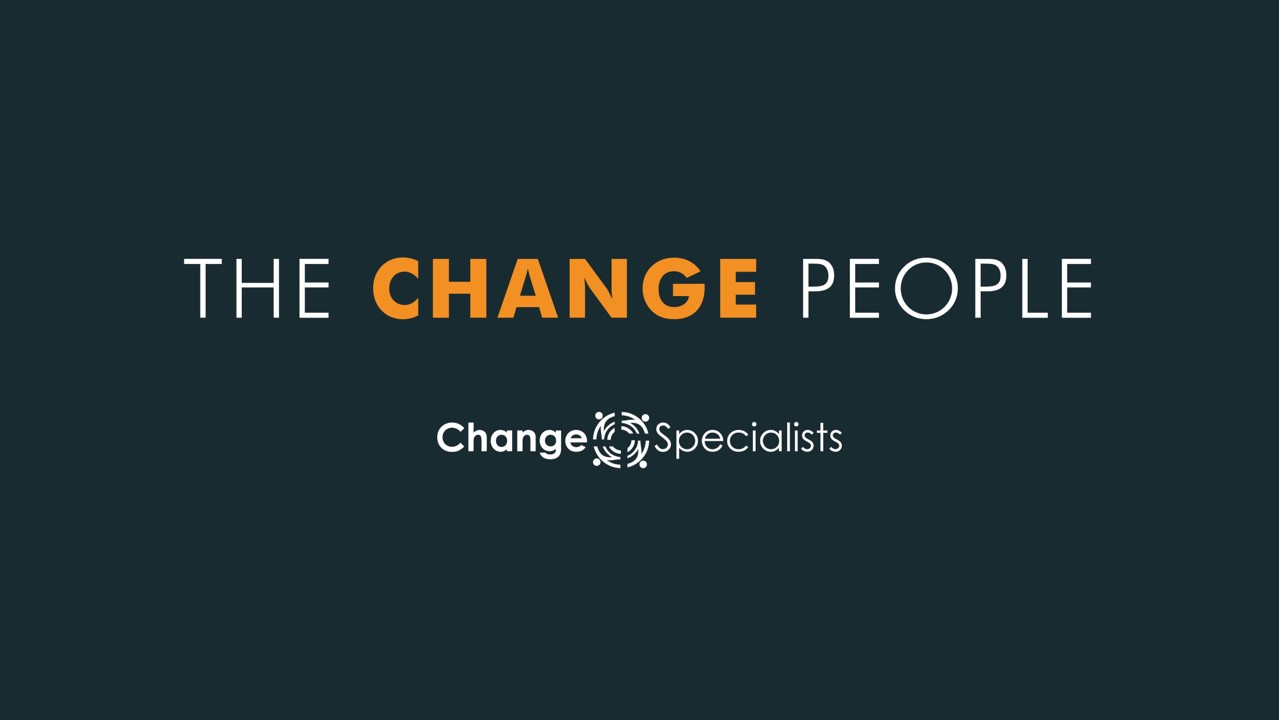Change Specialists Practice Director Julian Brown shares his insights on basic drills for governing change in 4 steps.
Strong and effective governance in IT, Digital and business change programmes supports successful outcomes. With technology playing a pivotal role in driving business success, I must stress how crucial it is to put in place robust governance practices that ensure the successful execution and delivery of IT initiatives. This blog post shares some of my best practice techniques for governing change programmes.
Define a Clear Governance Framework
Establishing a well-defined governance framework is the foundation for ensuring that an IT or business change programme is governed effectively. This framework should outline the roles, responsibilities, and decision-making processes within the company. Key components of the framework should include:
- Definitions of the roles and responsibilities of stakeholders, such as executive sponsors. It’s important to call out the decision making authority to avoid ambiguity.
- Establish effective channels for communication and reporting, ensuring that stakeholders receive timely updates and are involved in decision-making processes. Regular status reports, project dashboards, and executive briefings are some effective communication tools. Transparency is key.
- Develop comprehensive policies and procedures that govern the stage gates which the projects will go through, such as initiation and
Engage Stakeholders and Establish Ownership
Engaging stakeholders early and ensuring their active involvement throughout the project or programmes lifecycle is crucial for effective governance. Here’s how you can achieve this:
- Secure strong executive sponsorship to provide strategic direction, allocate necessary resources, and remove any roadblocks that may get in the way.
- Foster collaboration between IT, the business, and other relevant stakeholders to ensure alignment of the programme or project objectives with organisational goals. Involve stakeholders in decision-making processes.
- Assign clear ownership for deliverables, milestones, issues and risks. This accountability ensures that individuals are responsible for their respective roles and fosters a sense of ownership and commitment.
Establish Robust Programme and Project Management Practices
Implementing effective practices is vital for successful governance of IT and business change programmes and projects. Like Change Specialists, you may want to consider the following:
- Develop detailed project plans, outlining objectives, timelines, resource requirements, and deliverables and implement a robust project management methodology.
- Identify, assess, and manage risks throughout the lifecycle. Enforce a risk management framework that enables proactive risk identification, mitigation, and contingency planning.
- Establish KPIs and metrics to track progress, measure success, and identify areas for improvement, as well as regularly monitoring and reporting on these metrics to stakeholders.
- Identify and register dependencies within the programme or project and those that are external i.e. in the rest of the organisation or outside.
Continuous Improvement and Learning
To drive continuous improvement and learning, companies must create a culture of adaptability and innovation. Below are some thoughts on how you might create this:
- Conduct in-depth reviews at the end of each programme or project phase to capture lessons learned. It’s a good idea to document and share successes, challenges, and recommendations for future initiatives.
- Establish knowledge-sharing mechanisms, such as communities of practice, to encourage sharing of best practices, experiences, and lessons learned across the organisation. Recognise colleagues who are collaborating and sharing ideas.
- Embrace ‘Agile’ principles in governance practices, allowing for iterative adjustments and flexibility where governance processes are continuously reviewed and adapted to address evolving needs and changes in the IT landscape.

